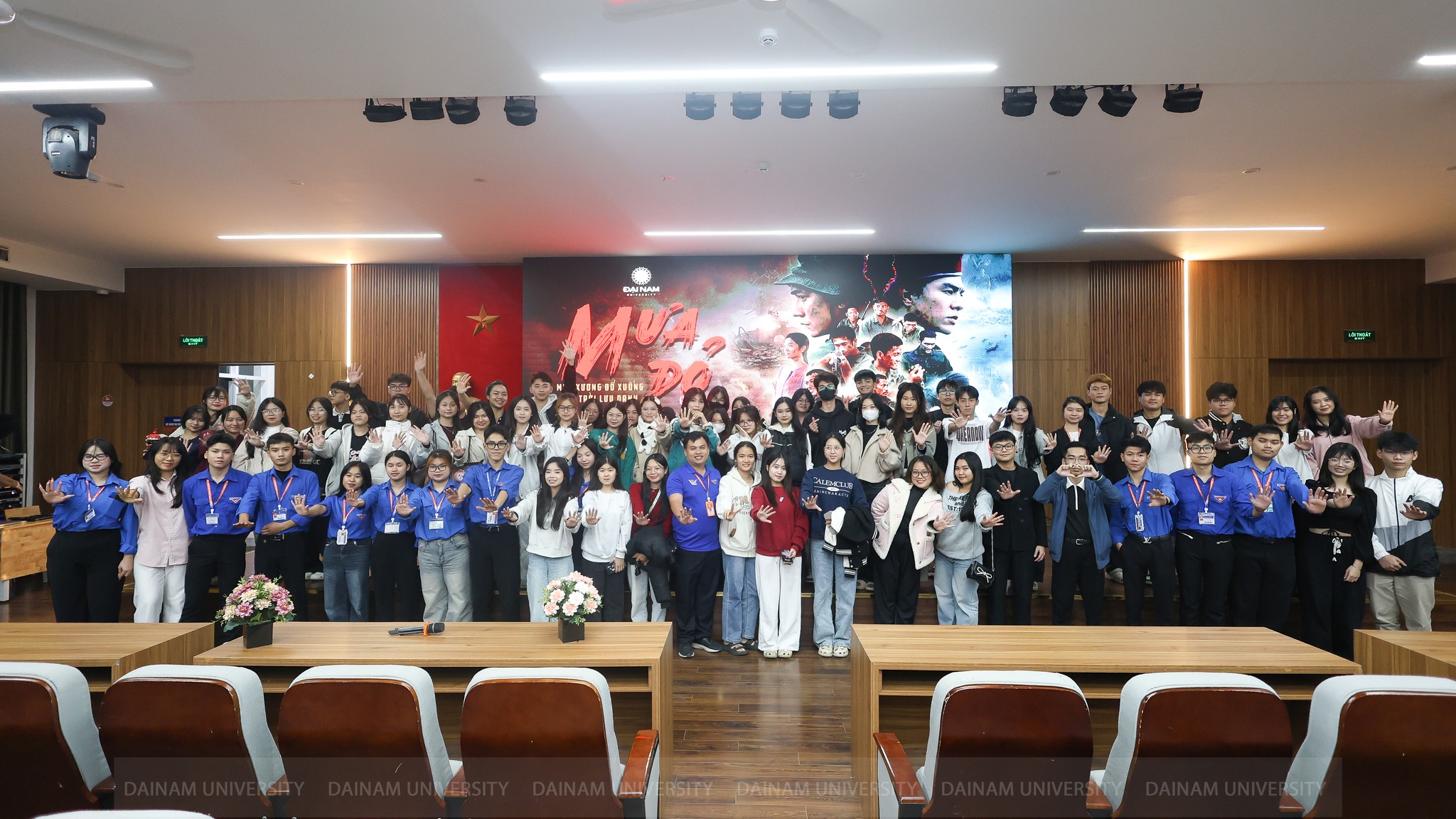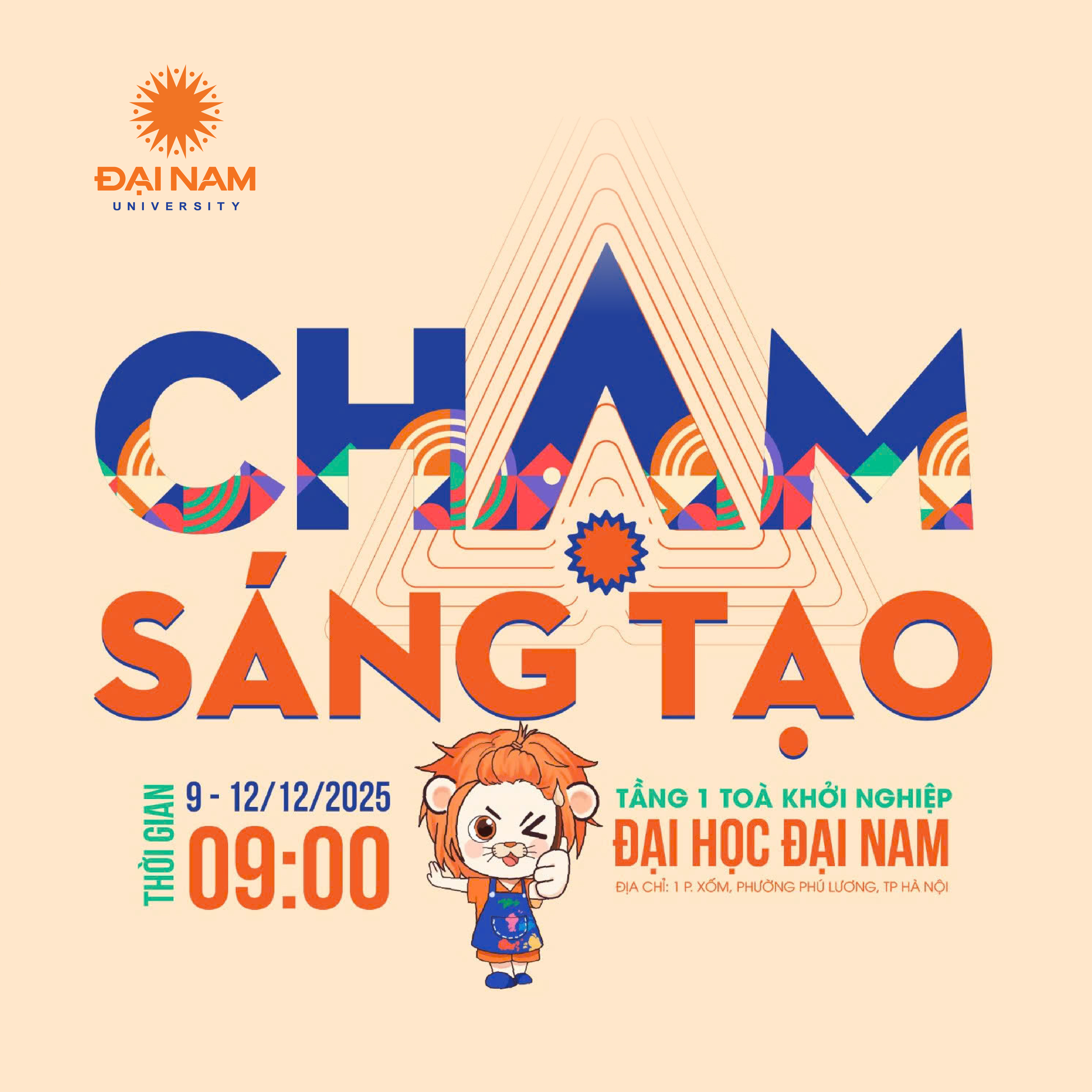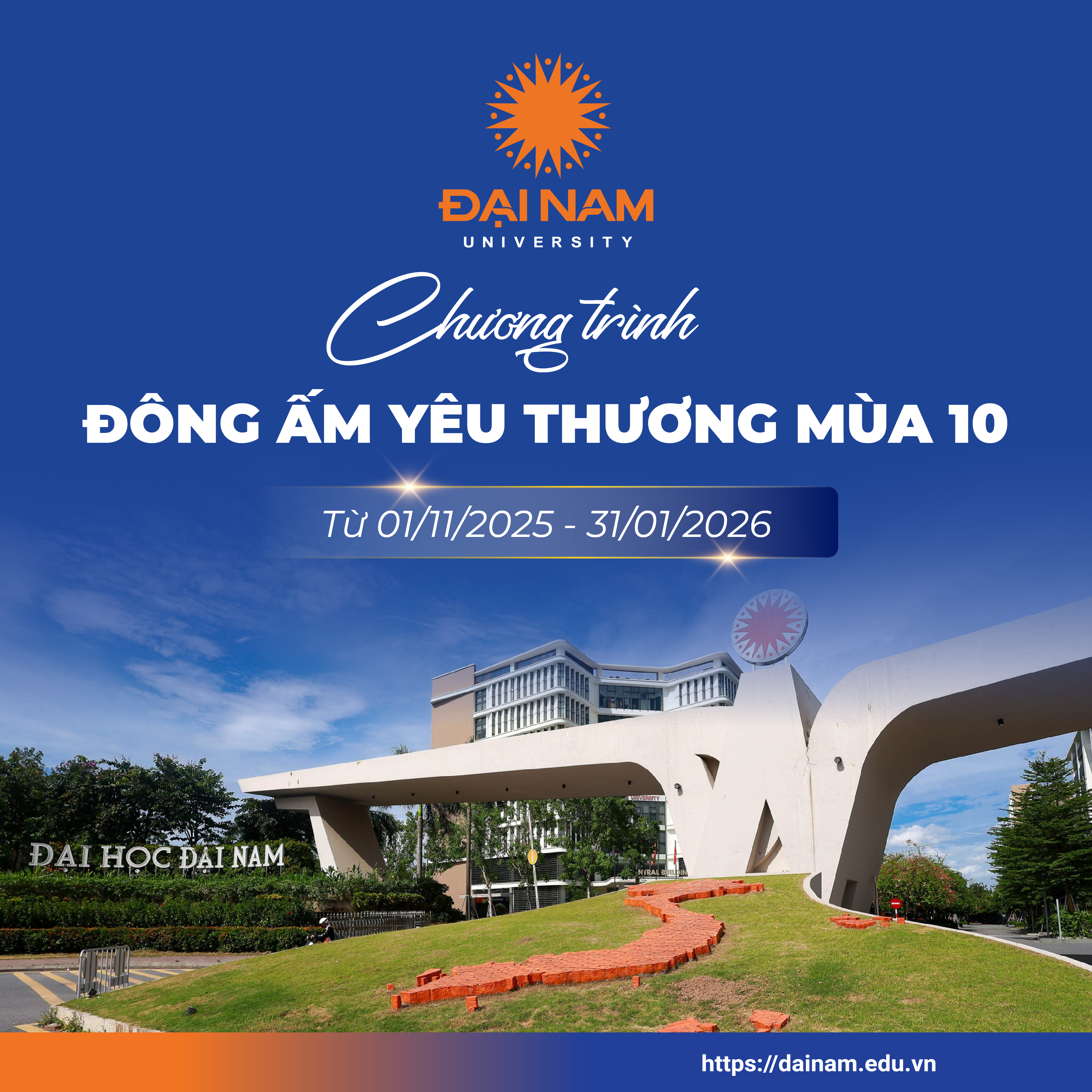New points in the Toeic listening test will be applied from June 1st.
Posted date 26/02/2019
view

On the official website of IIG Vietnam, the updated TOEIC test will be officially used on June 1. According to observations, in the recent past, many candidates have been worried and felt pressured with this improved "version" because they have not had many opportunities to practice. Many people have flocked to TOEIC test preparation centers to review and take the exam to get the certificate before the new scores are introduced. However, for many reasons, the results have not been as expected.
On the official website of IIG Vietnam, the updated TOEIC test will be officially used on June 1. According to observations, in the recent past, many candidates have been worried and felt pressured with this improved "version" because they have not had many opportunities to practice. Many people have flocked to TOEIC test preparation centers to review and take the exam to get the certificate before the new scores are introduced. However, for many reasons, the results have not been as expected.
Is it really necessary and effective to worry too much and study in such a rush? Are the new points in the TOEIC test too difficult? All will be answered in the article below.
In this article , let's look at the new points in part 3 of the TOEIC test.
The table below shows the most common new features:

Looking at the table above, we can see that there are no changes in parts 1, 2 and 5. Therefore, we still apply the same experiences and strategies as we have learned. We just need to spend more time getting used to the changes in parts 3, 4, 6 and 7.
As we know, Toeic is a test to assess the ability to use English in an international working environment with very specific contexts, such as: in the office, meetings, negotiations, interviews, buying and selling, exchanging, email... And the changes in the test are for the purpose of giving candidates a closer, more realistic "experience" with modern working trends.
Part 3 (and Part 4) are inherently difficult for candidates, and increasing the number of questions from 30 to 39 is also a challenge when there are conversations that are no longer between 2 people but can be between 3 or more people with different dialects such as American English, British English, Australian English and Canadian English. These interfering factors will disrupt the candidate's information reception, affecting listening skills such as mishearing, misremembering, not distinguishing who said which sentence, leading to choosing the wrong answer. And of course, first of all, as a foreign language learner, being exposed to and familiarizing yourself with many different dialects is even more beneficial for you.
You may expect the test to use only American English, for example, but in reality, you will face dozens, hundreds of dialects when you go to work, it could even be Indian English, Japanese English, Singaporean English, Korean English… Therefore, expecting a very familiar reading and speaking accent is impossible. And this is also the purpose of the Toeic test, to give you the “experience” of integration. According to the writer’s prediction, who knows, in the near future, the diversity of dialects will be thoroughly applied in the Toeic listening test?
In addition, part 3 (and part 4) also have tables with numbers, drawings, and illustrations so that test takers can connect between listening and reading comprehension. You know, in everyday communication, we often include pictures, diagrams, examples, etc., right? The writer himself is very interested in this new point in the test because it is increasingly close to the real communication environment, which is beneficial for learners but also a difficulty if we do not take the time to get used to it and practice continuously. Moreover, the test also has questions that require inference of the speaker's meaning, requiring candidates to think and understand the message they want to convey, not just understand the meaning on the surface. For example, in a conversation in part 3, there is a question like this:
Why does the woman say “I cant believe it”?
Is it really necessary and effective to worry too much and study in such a rush? Are the new points in the TOEIC test too difficult? All will be answered in the article below.
In this article , let's look at the new points in part 3 of the TOEIC test.
The table below shows the most common new features:

(According to IIG Vietnam)
Looking at the table above, we can see that there are no changes in parts 1, 2 and 5. Therefore, we still apply the same experiences and strategies as we have learned. We just need to spend more time getting used to the changes in parts 3, 4, 6 and 7.
As we know, Toeic is a test to assess the ability to use English in an international working environment with very specific contexts, such as: in the office, meetings, negotiations, interviews, buying and selling, exchanging, email... And the changes in the test are for the purpose of giving candidates a closer, more realistic "experience" with modern working trends.
Part 3 (and Part 4) are inherently difficult for candidates, and increasing the number of questions from 30 to 39 is also a challenge when there are conversations that are no longer between 2 people but can be between 3 or more people with different dialects such as American English, British English, Australian English and Canadian English. These interfering factors will disrupt the candidate's information reception, affecting listening skills such as mishearing, misremembering, not distinguishing who said which sentence, leading to choosing the wrong answer. And of course, first of all, as a foreign language learner, being exposed to and familiarizing yourself with many different dialects is even more beneficial for you.
You may expect the test to use only American English, for example, but in reality, you will face dozens, hundreds of dialects when you go to work, it could even be Indian English, Japanese English, Singaporean English, Korean English… Therefore, expecting a very familiar reading and speaking accent is impossible. And this is also the purpose of the Toeic test, to give you the “experience” of integration. According to the writer’s prediction, who knows, in the near future, the diversity of dialects will be thoroughly applied in the Toeic listening test?
In addition, part 3 (and part 4) also have tables with numbers, drawings, and illustrations so that test takers can connect between listening and reading comprehension. You know, in everyday communication, we often include pictures, diagrams, examples, etc., right? The writer himself is very interested in this new point in the test because it is increasingly close to the real communication environment, which is beneficial for learners but also a difficulty if we do not take the time to get used to it and practice continuously. Moreover, the test also has questions that require inference of the speaker's meaning, requiring candidates to think and understand the message they want to convey, not just understand the meaning on the surface. For example, in a conversation in part 3, there is a question like this:
Why does the woman say “I cant believe it”?
- She strongly disagrees.
- She would like an explanation.
- She feels disappointed.
- She is happily surprised.
If you don’t hear the information before, this is a really difficult question. But the interesting thing is that no matter how you say it, in communication, what we need to catch is the “meaning”. Isn’t it interesting?
Questions related to tables usually have a longer time of 12 seconds compared to other questions (8 seconds) to give candidates more time to look and connect information to find the answer. Let's refer to the set of 3 questions in a Part 3 conversation below and do it together:
1. What is the man looking for? (8 seconds)
(A) A computer
(B) An adapter
(C) A power cord
(D) A battery
2. What does the woman offer to do?(8 seconds)
(A) Discount a purchase
(B) Place an order
(C) Ship a package
(D) Find some information
3. Look at the graphics. Which store does the woman direct the man to? (12 seconds)
(A) Store 1
(B) Store 2
(C) Store 3
(D) Store 4
.jpg)
Questions related to tables usually have a longer time of 12 seconds compared to other questions (8 seconds) to give candidates more time to look and connect information to find the answer. Let's refer to the set of 3 questions in a Part 3 conversation below and do it together:
1. What is the man looking for? (8 seconds)
(A) A computer
(B) An adapter
(C) A power cord
(D) A battery
2. What does the woman offer to do?(8 seconds)
(A) Discount a purchase
(B) Place an order
(C) Ship a package
(D) Find some information
3. Look at the graphics. Which store does the woman direct the man to? (12 seconds)
(A) Store 1
(B) Store 2
(C) Store 3
(D) Store 4
.jpg)
| M-Au: Hi. Do you sell cords that work with this computer? I remembered the power outlets here are different from in Autraslia, and I brought an adapter, but I left the cord behind. W-Am: Hmm… sorry. That's not a commercial brand here in the US. We could order one for you, though. It's been here within two days. M-Au: Thanks, nut I'm here on business and I need to recharge the battery today. Any place around here that might have one? W-Am: Try Frick Electronics. It's right across the street from the train station , and it shoud have a better selection for travelers. Just turn left when you get there |
The Western saying goes “Practice makes perfect” and we Vietnamese also have a proverb “With diligence, iron can be turned into needles”, so understand Toeic, you will definitely love Toeic and achieve success.
Please follow the sharing articles about other parts in the next issues, TOEIC-LOVERS!
Please follow the sharing articles about other parts in the next issues, TOEIC-LOVERS!
Link to download sample test and sample listening file:
http://iigvietnam.edu.vn/vi/tin-tuc-su-kien/tin-tuc-su-kien/2175-thong-bao-ve-lich-cap-nhat-cau-truc-bai-thi-toeic-tai-viet-nam.html
http://iigvietnam.edu.vn/vi/tin-tuc-su-kien/tin-tuc-su-kien/2175-thong-bao-ve-lich-cap-nhat-cau-truc-bai-thi-toeic-tai-viet-nam.html
Royal Palace
Latest article
View all Posts
Related articles
See all related Articles
Register for admission consultation 2025
Dai Nam University offers admissions to
36 academic programs
across a diverse range of disciplines, including Healthcare, Engineering and Technology, Economics and Business, and Social Sciences and Humanities.
Register now to secure
scholarships and tuition support worth up to 55 billion VND
scholarships and tuition support worth up to 55 billion VND

Register now to secure
scholarships and tuition support worth up to 55 billion VND
scholarships and tuition support worth up to 55 billion VND









